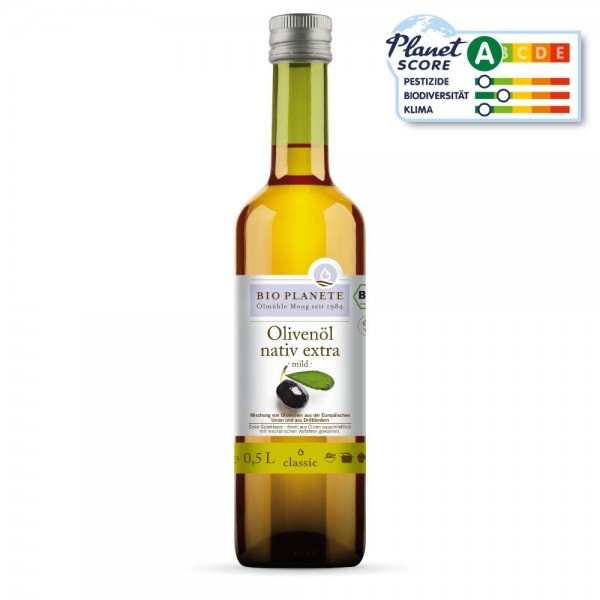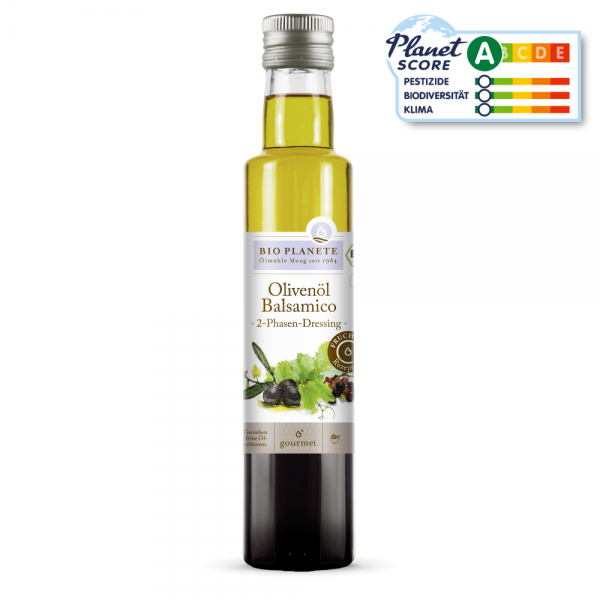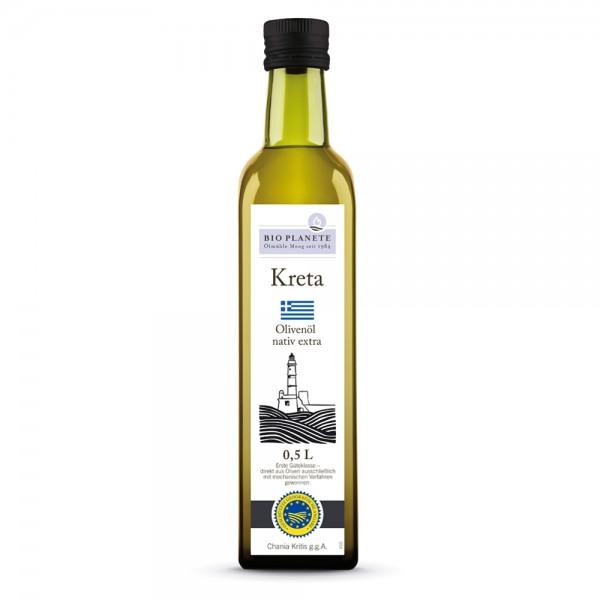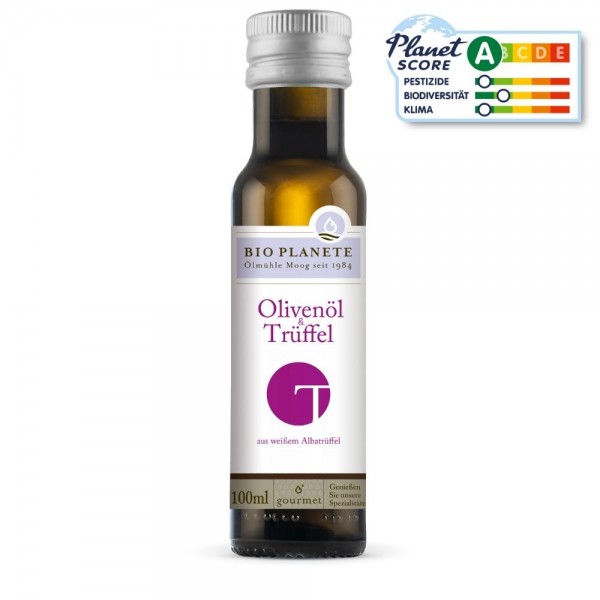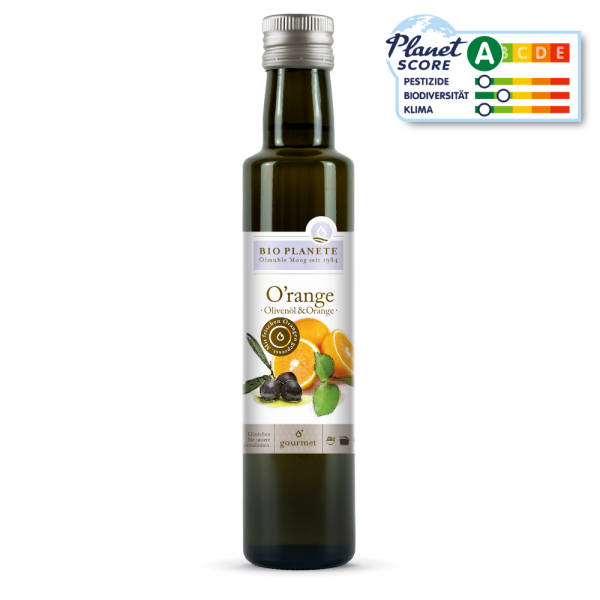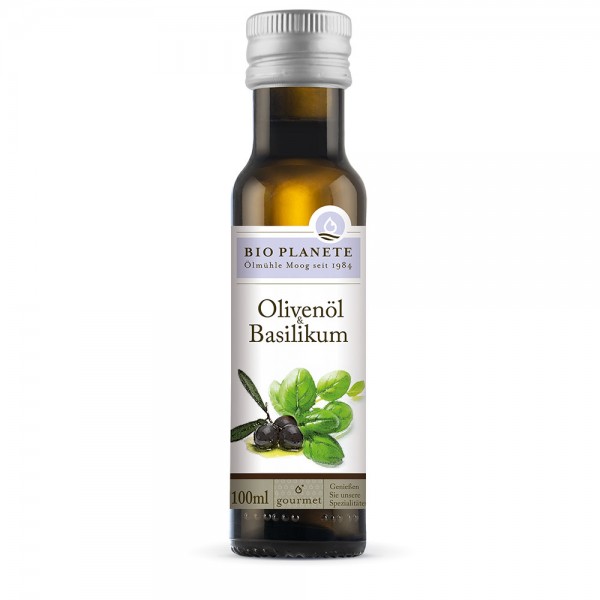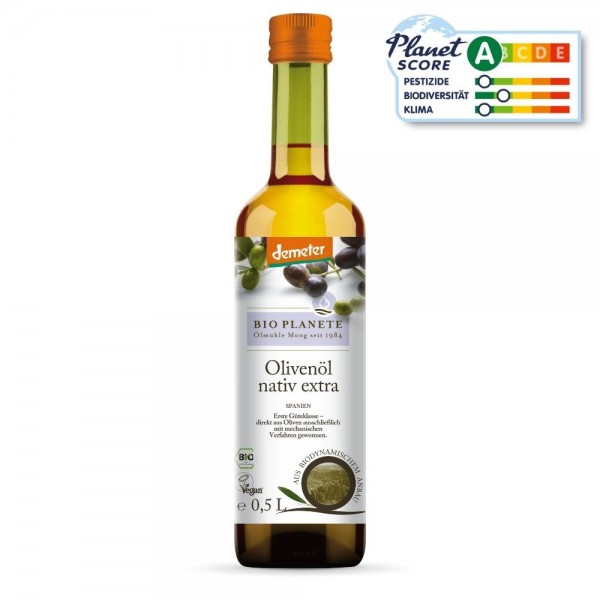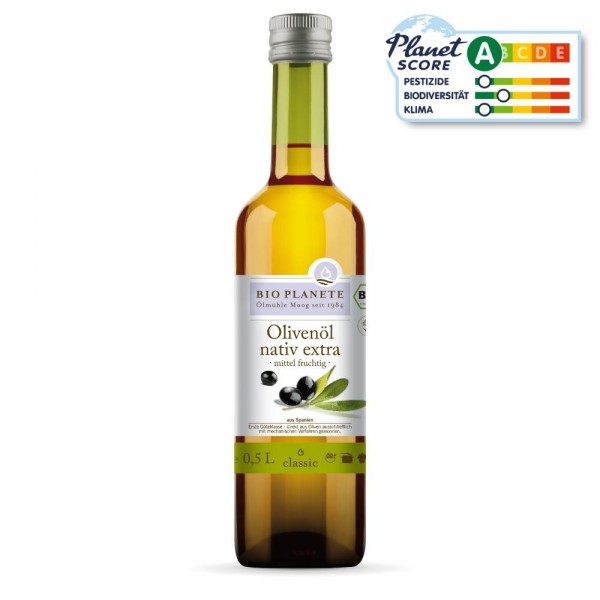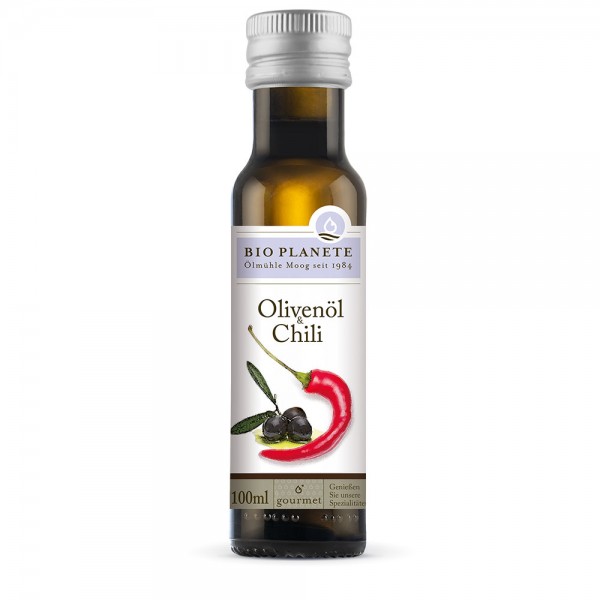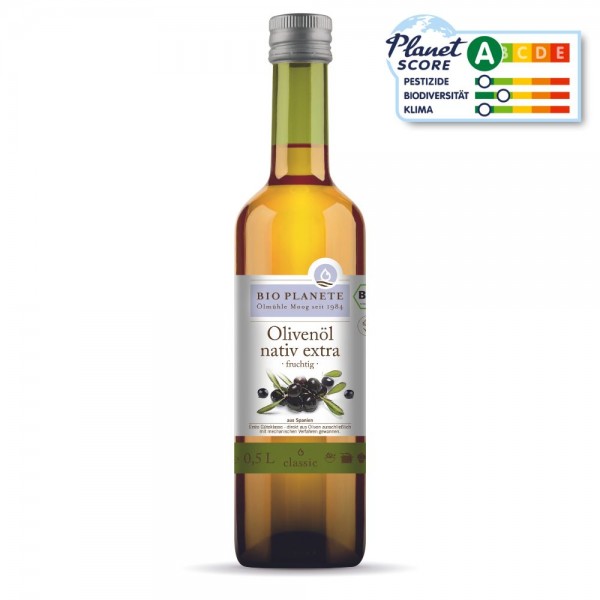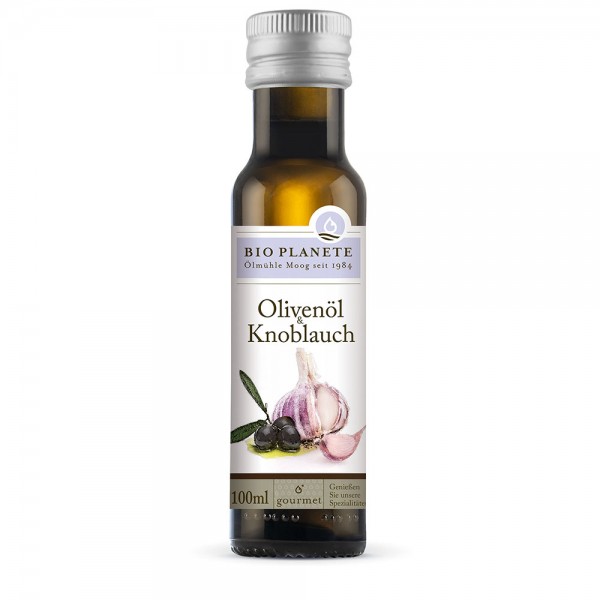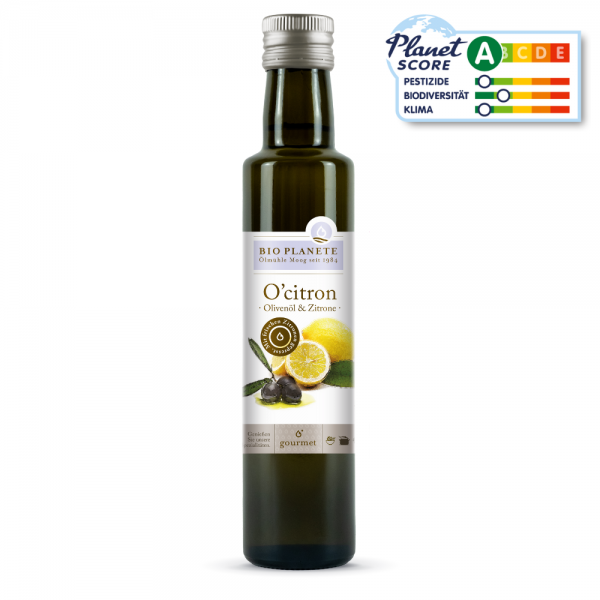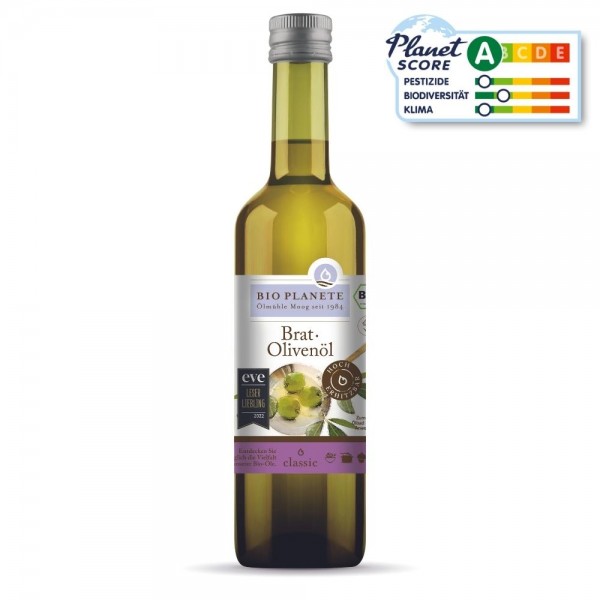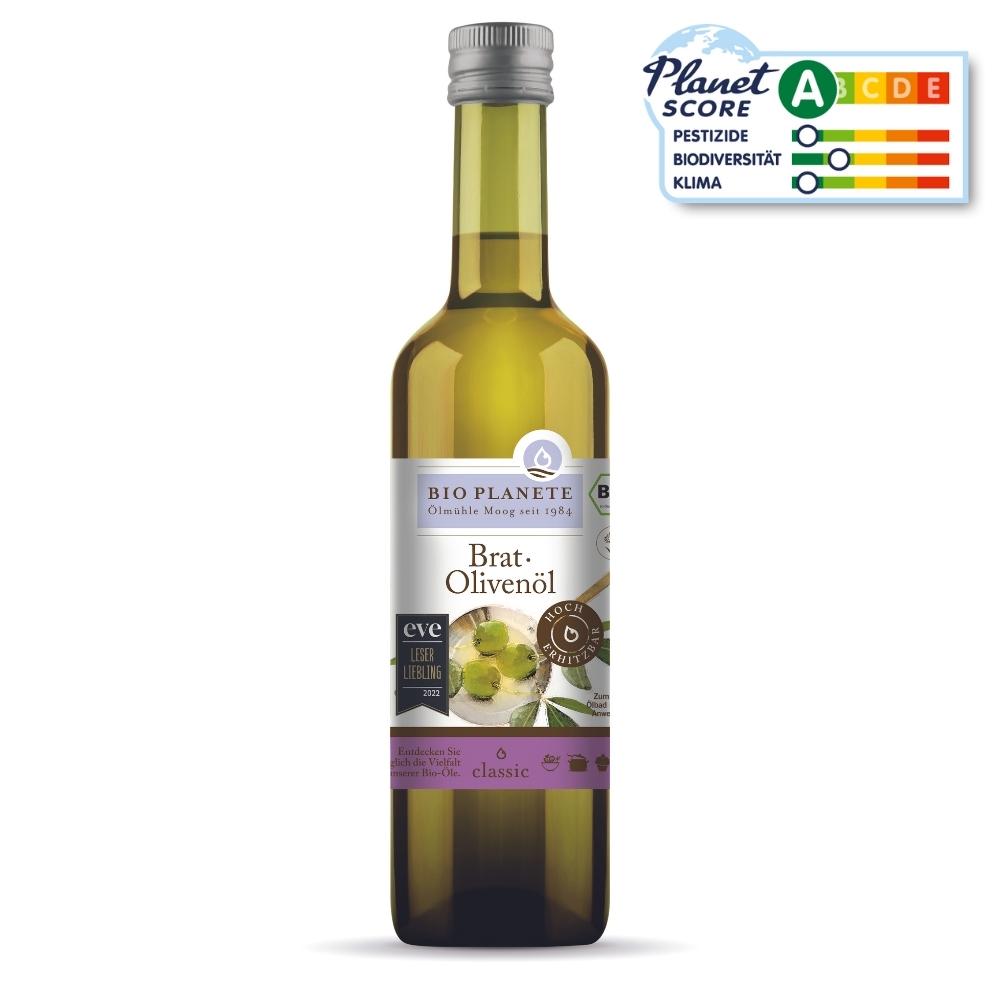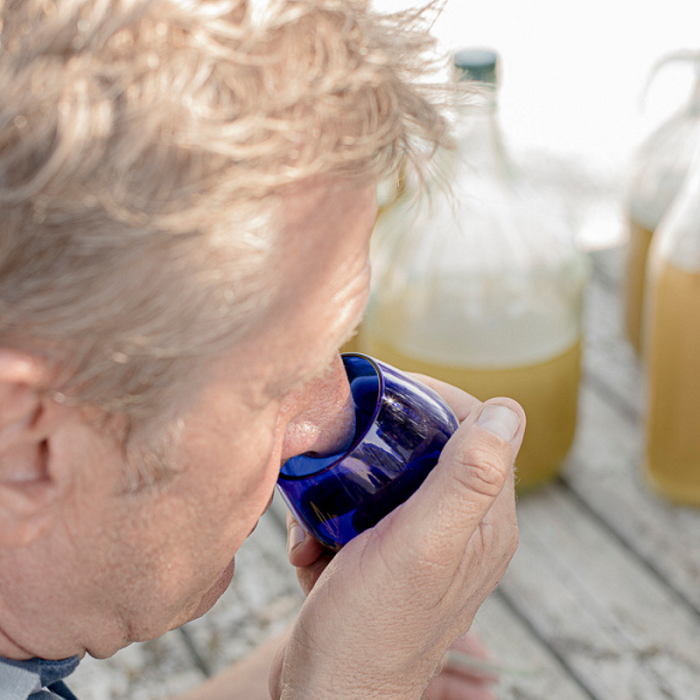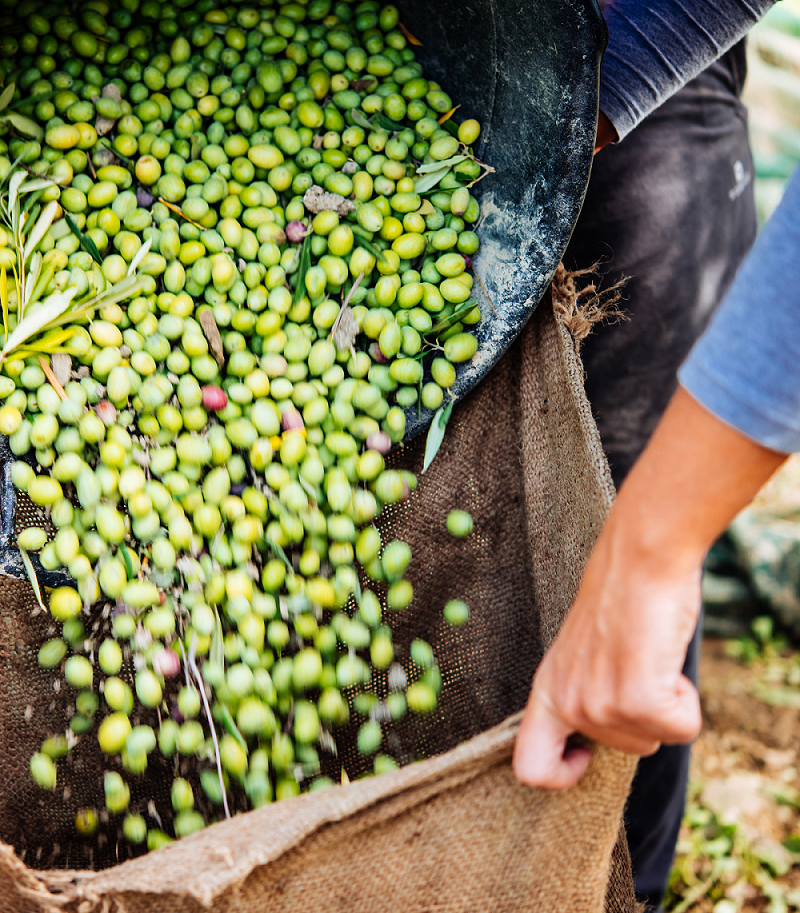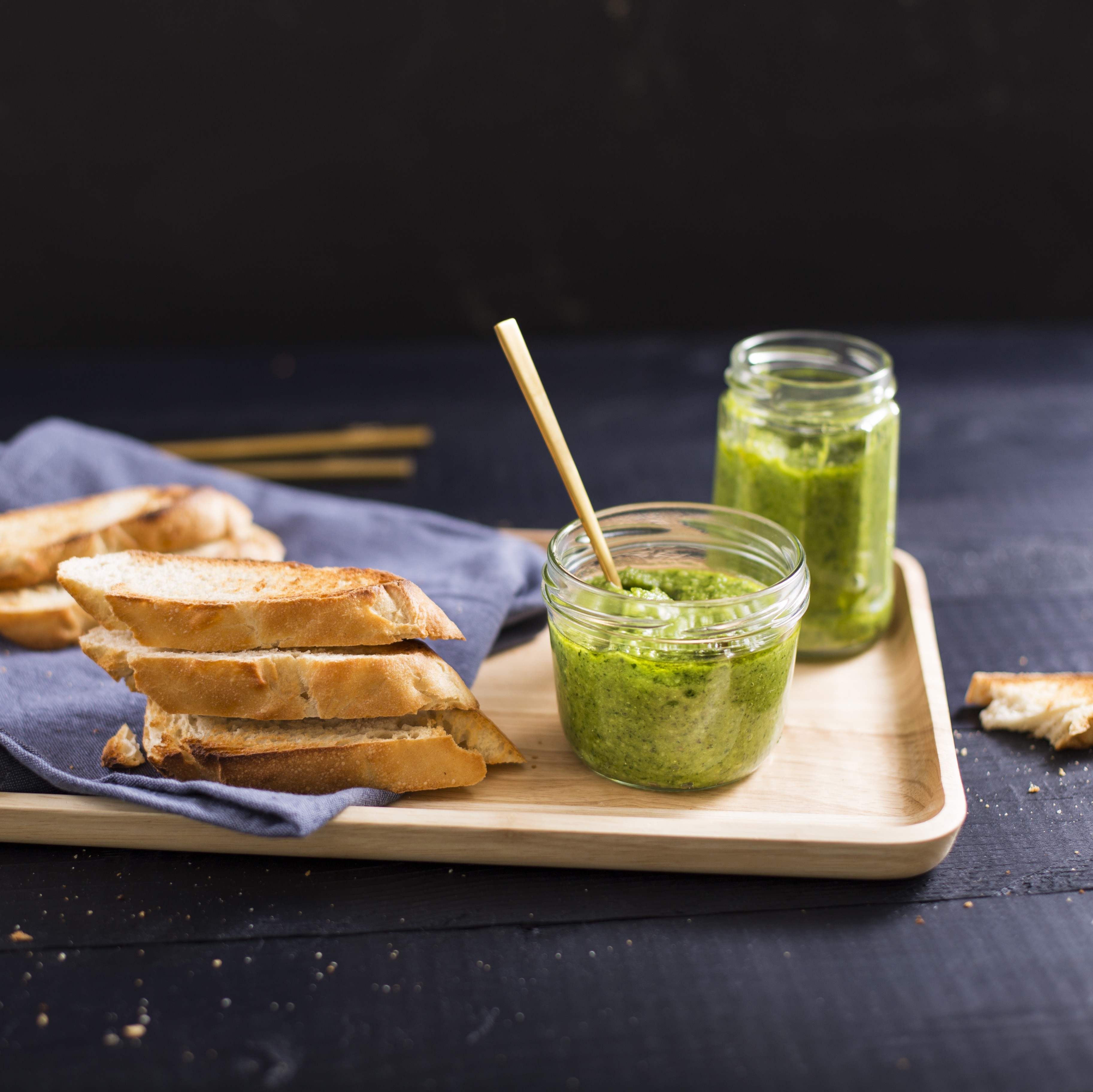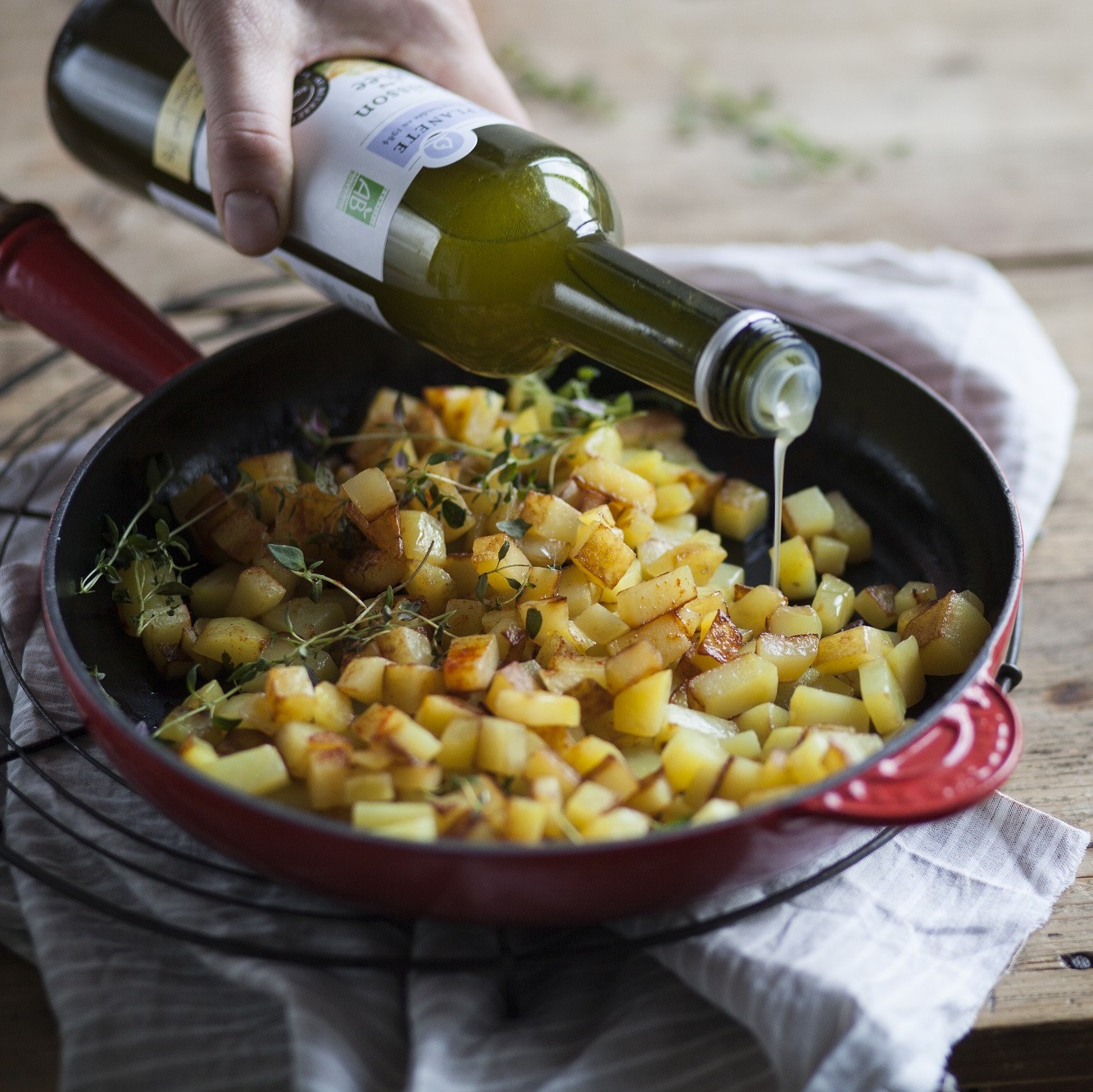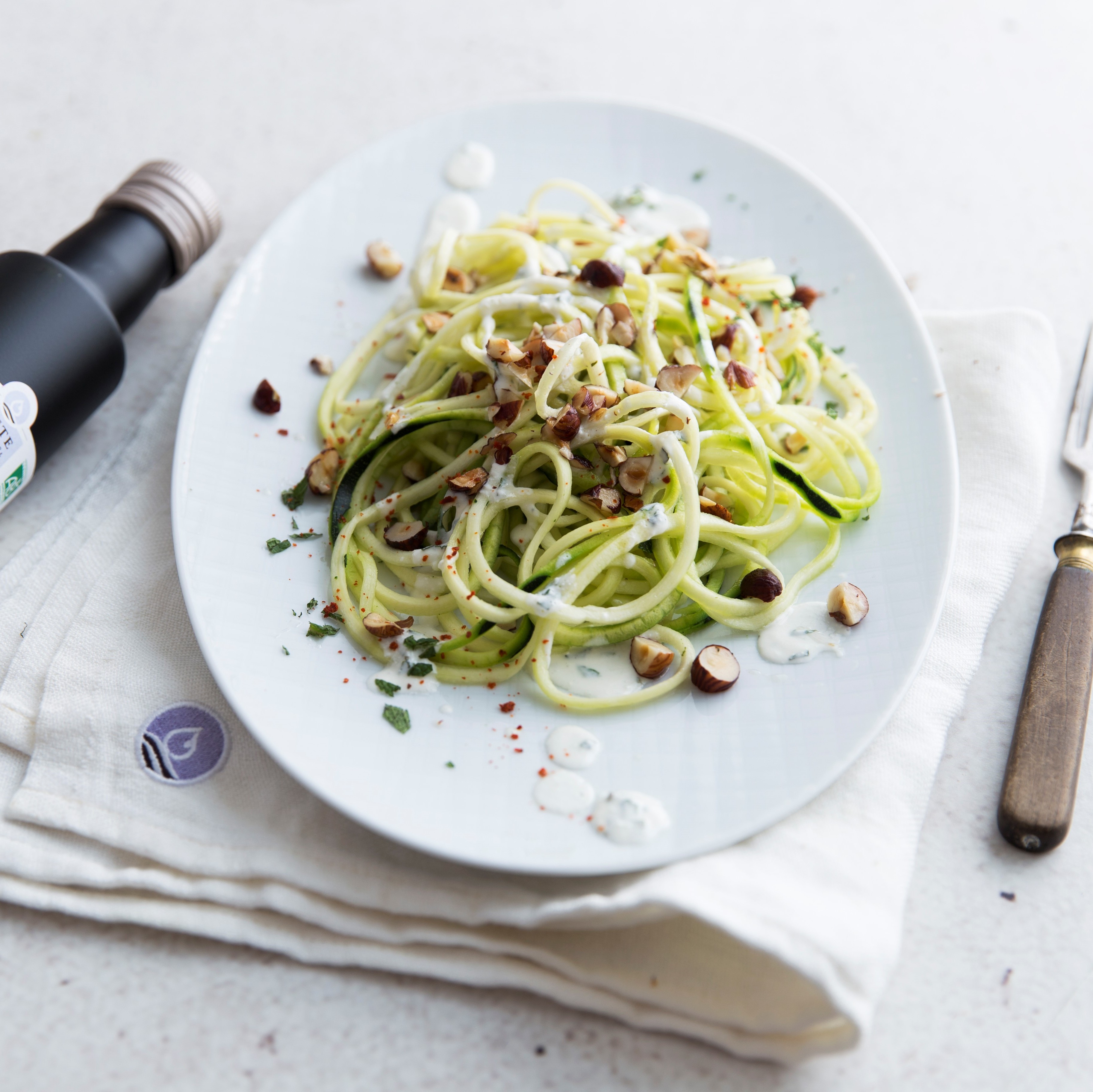Health that you can taste
Olive oil is one of the healthiest oils around. There are two main reasons for this: it is high in monounsaturated fatty acids, which contribute to normal cholesterol levels. However, this is not all that special on its own. Other oils such as rapeseed or avocado oil also provide the same benefits. What makes olive oil unique is the polyphenols.
Polyphenols belong to the secondary plant metabolites. These include the anti-inflammatory, pungent-tasting oleocanthal and the antioxidant, bitter-tasting oleuropein. In other words, we can taste polyphenols.
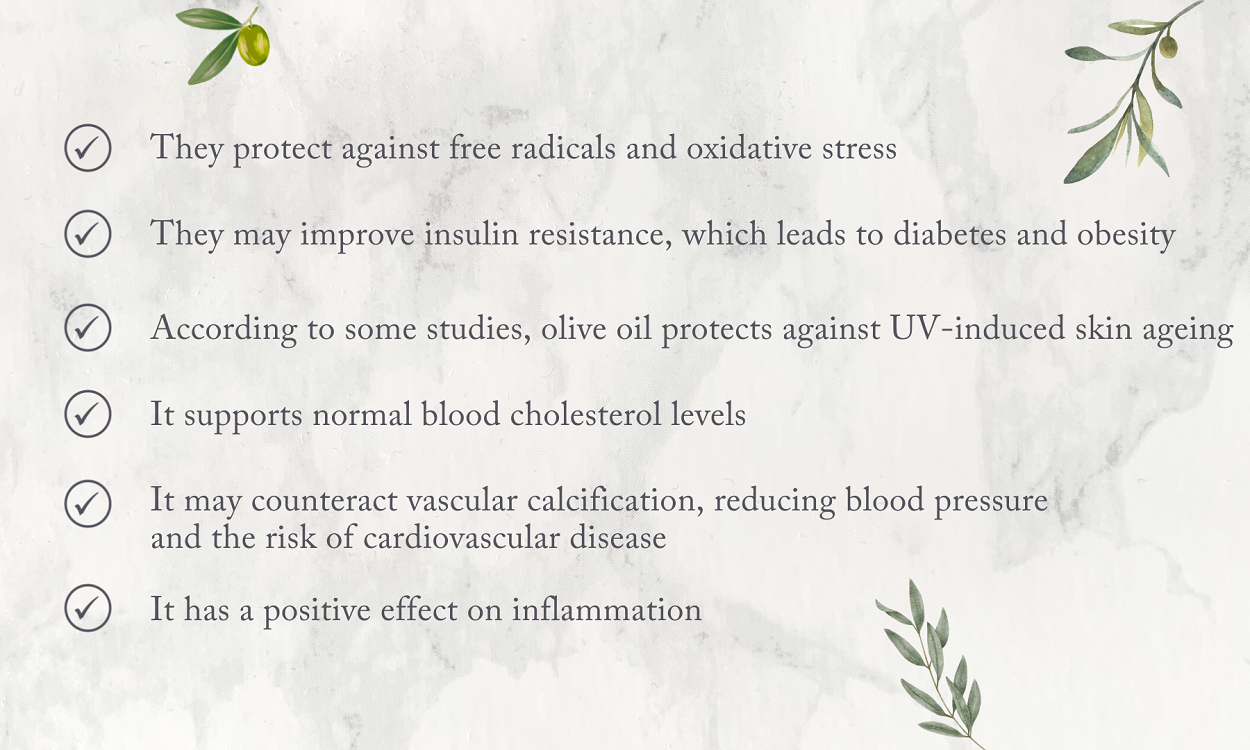
The olive tree
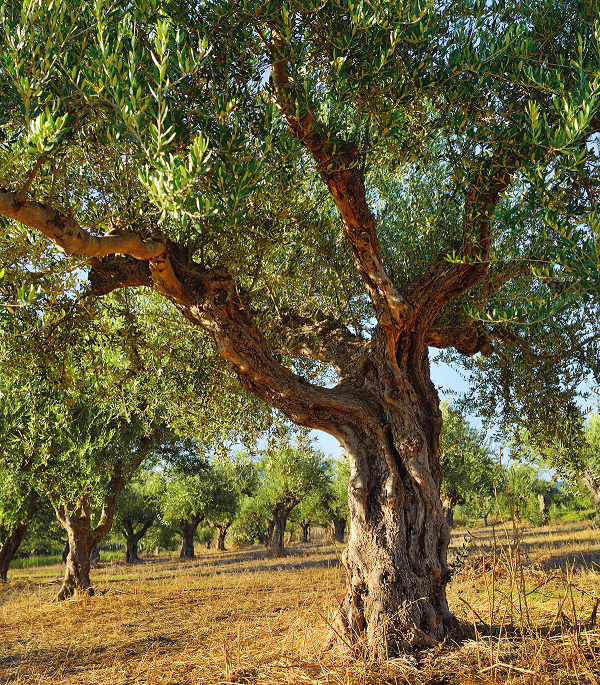
Age
An olive tree can live for several hundred years. The oldest olive tree in the world is on Crete and is estimated to be between 3500–5000 years old.
Height
They can grow up to 18 m high. Cultivated trees, however, are kept at a height of approximately 8 m to facilitate maintenance and harvesting.
Fruits
An olive tree bears its first fruit after approximately 4–10 years. Approx. 20 kg of olives yields around 4 litres of olive oil.
Olive harvest – Fresh olives become natural oils
The precious fruit is harvested between November and February, depending on the region, climate and altitude of the growing area. Each olive starts out green and turns first purple and finally black as it ripens. The oil content in the olive also increases as it ripens.
Would you like to know how this impacts on the taste of the oil?
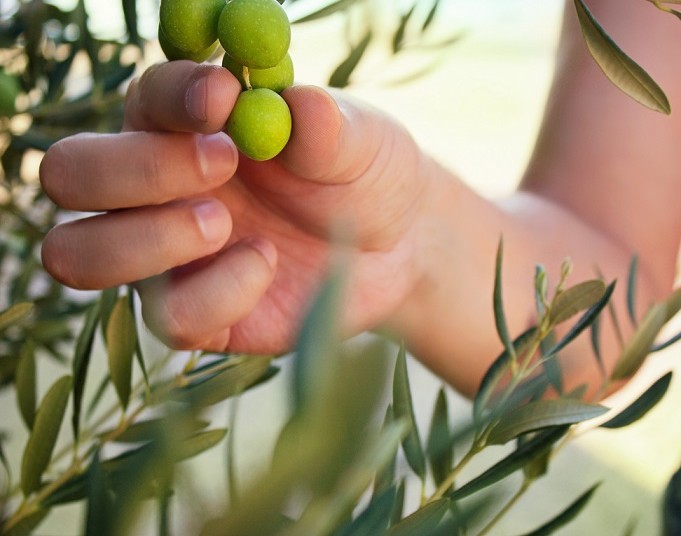
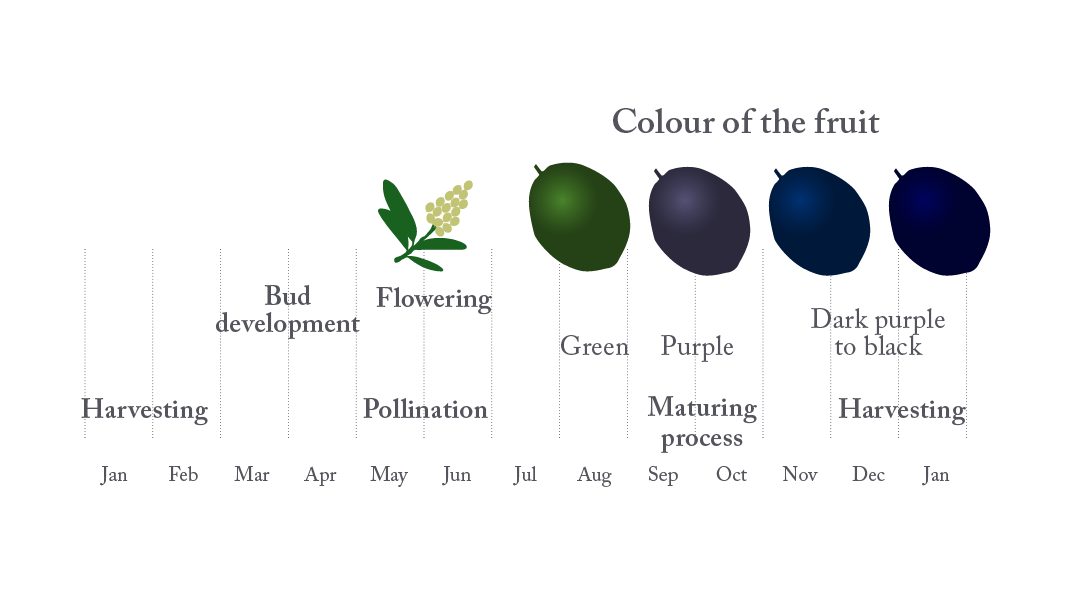
»We are fully aware of the significance of sustainable and environmentally-friendly working practices, which is why we do our best to preserve our environment and spread the word about organic cultivation as a lifestyle.«
- Antonello Clemente -
Olive grower in southern Italy
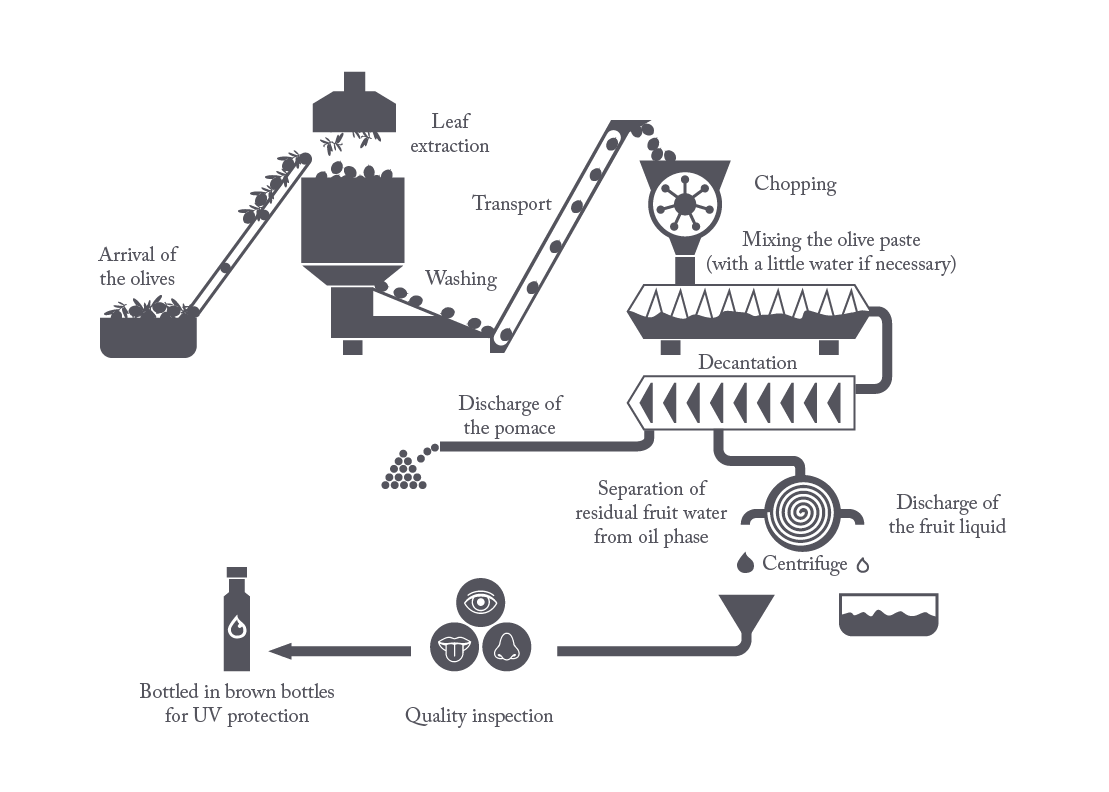
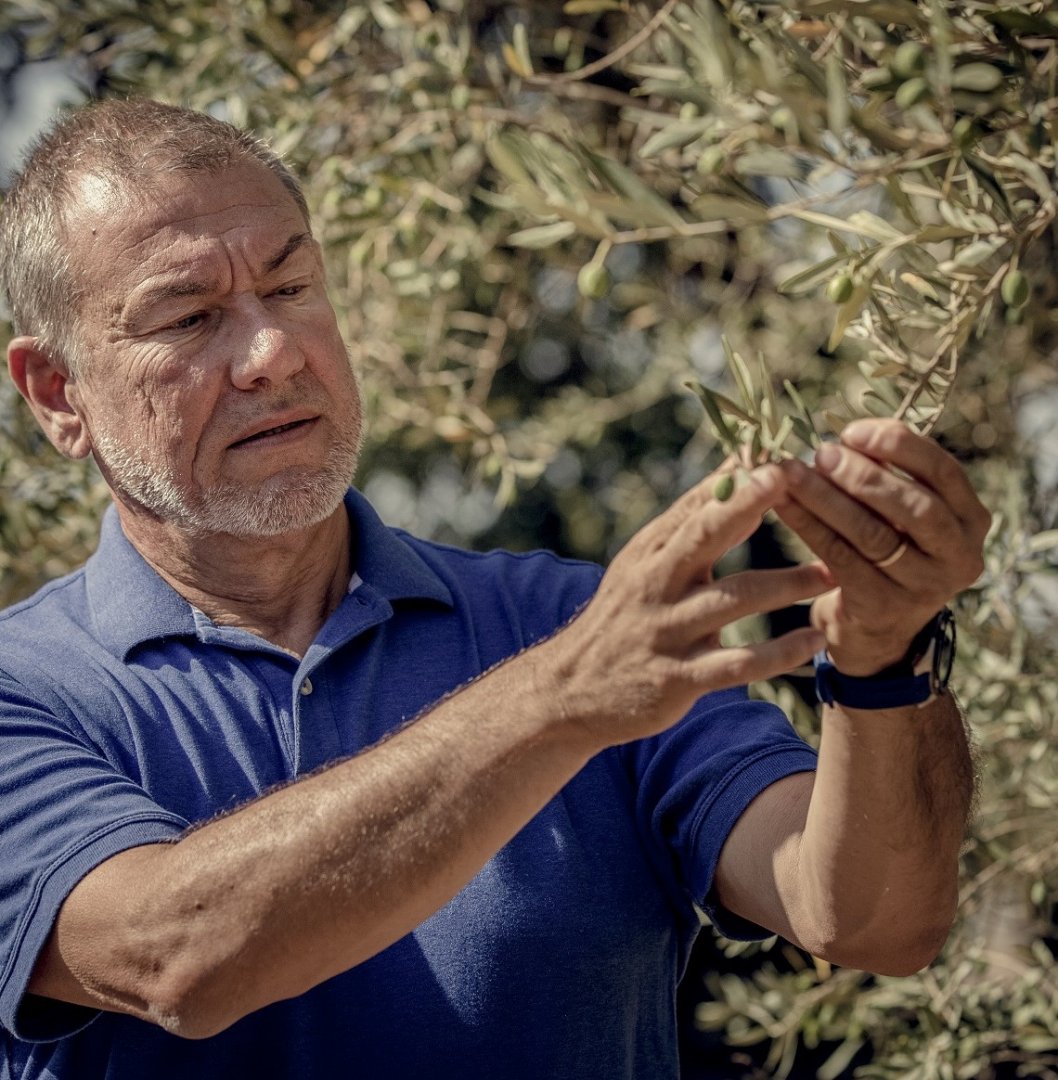
10 facts about olive oil
Have you always wanted to know whether green olives taste different from black ones? Or what is the meaning of the term “extra virgin”? If you would like to quench your thirst for knowledge, then we invite you to delve even deeper into the world of olive oil.
What is special about our frying olive oil?
Basically, olive oil is great for frying because of its biochemical structure. It consists mainly of monounsaturated fatty acids and is therefore stable enough to withstand high temperatures in the pan, pot or oven.
The parameter that determines suitability as a frying and baking oil is known as the smoke point. This is approximately 190 degrees for filtered virgin olive oil. This means that at this temperature oxidative degradation products become visible as smoke. The acrid smoke is not only unpleasant but also harmful to health. The more stable the composition, the more heat-resistant the oil, and the higher the smoke point.
For frying olive oil, the smoke point is even as high as 210 degrees. This is possible because we combine virgin olive oil with physically refined olive oil that is also treated with steam. A little trick that is noticeable in the kitchen – also in terms of taste. With its mild, subtle olive note, our roasted olive oil leaves enough room for the other flavours in the dish.
Just give it a try.
Bon appétit!
